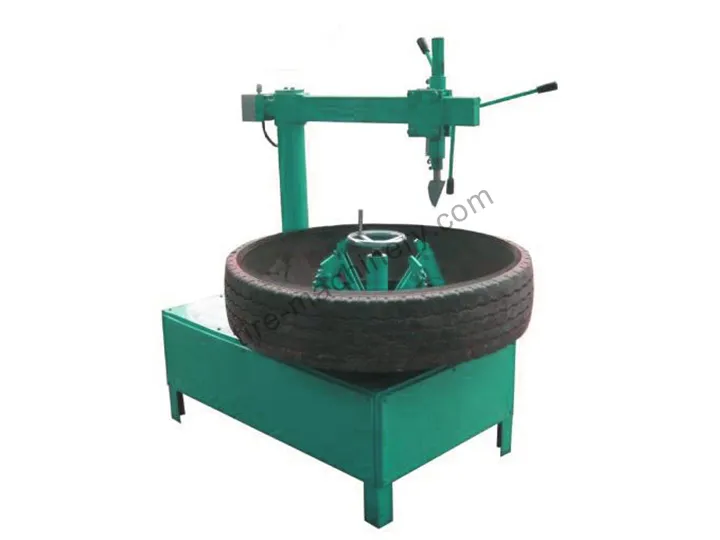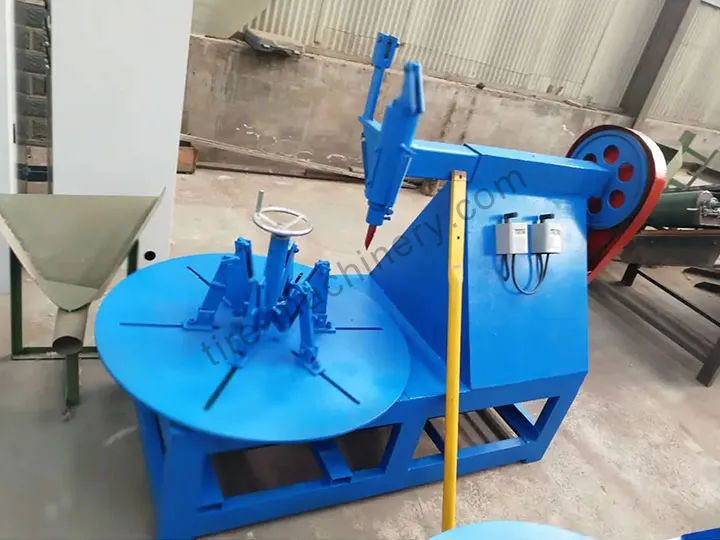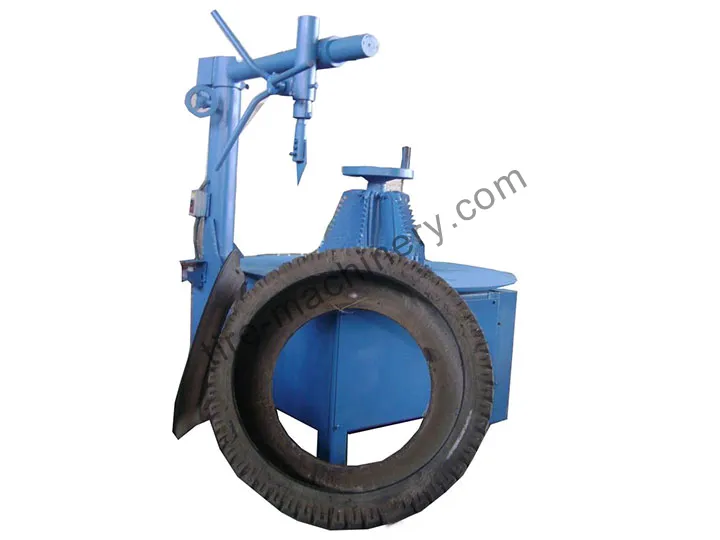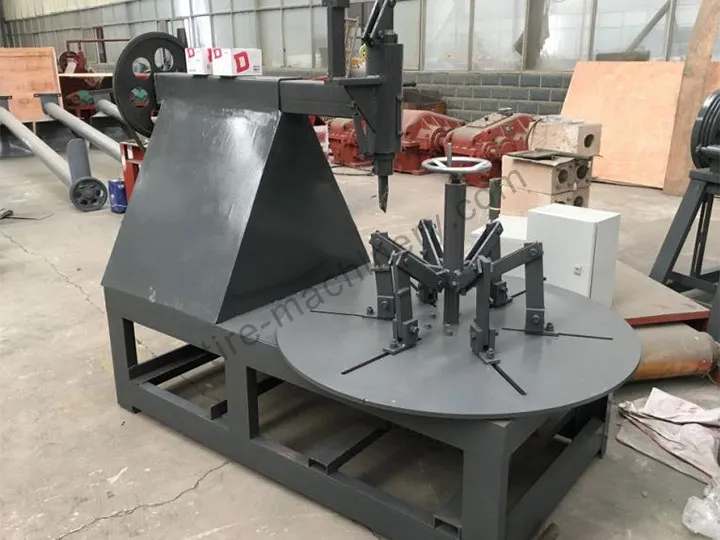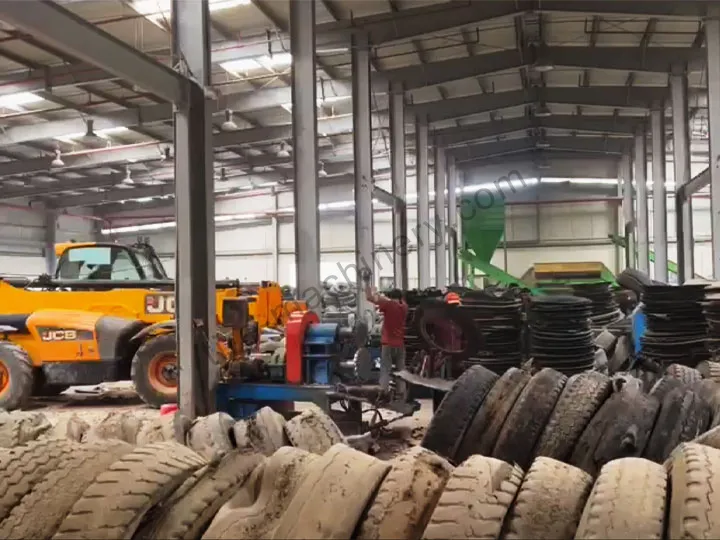The Secret to a Profitable Tire Tread Cutter Machine: Why the First Step is Everything
This article targets a common, costly mistake in tire recycling. It details the severe damage and operational costs caused by shredding whole tires. It then explains how pre-processing with a tire ring cutter is essential to protect equipment, boost efficiency, and ensure the optimal performance of downstream machines like the tire tread cutter machine.
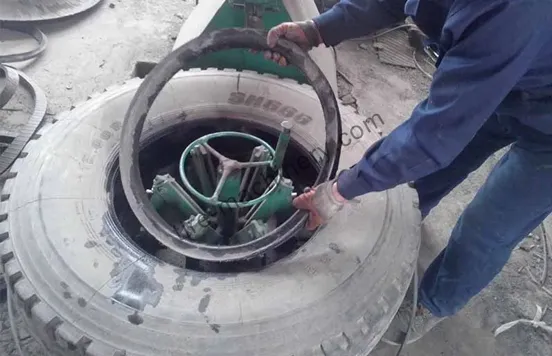
When engineering an efficient tire recycling line, attention naturally gravitates toward the heavy-duty shredder and the subsequent tire tread cutter machine, which handles the crucial task of breaking down material. However, the success and profitability of this entire operation are often decided by a single, frequently overlooked detail at the very beginning of the process.
Skipping this initial step—the shortcut of shredding whole tires—is a false economy that buries immense, long-term costs within your operation. This article will dissect the technical principles and economic realities behind this mistake and guide you toward building a truly sustainable and profitable recycling line from the ground up.
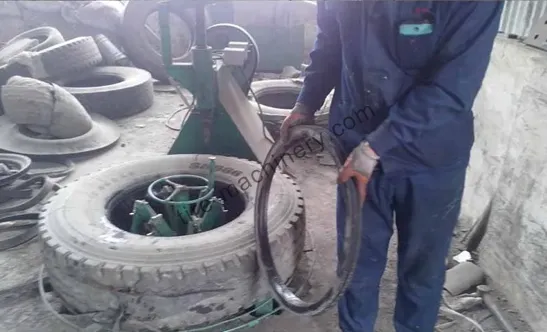 Tire Tread Cutter
Tire Tread Cutter Tire Tread Cutter Machine
Tire Tread Cutter Machine
The Hidden Trap: The High Cost of Direct Tire Shredding
Imagine your primary shredder—a powerful machine whose knives are its most expensive and vital components. Now, visualize feeding it a whole tire, complete with its tire bead: a thick bundle of high-tensile, braided steel wire designed to withstand immense force. What are the consequences of this direct confrontation?
- Catastrophic Blade Wear: The primary cause of problems shredding tires is the direct impact between the hardened steel bead and the shredder knives. This isn’t cutting; it’s a brutal collision that results in rapid dulling, chipping, and catastrophic failure of the blades. This leads directly to high shredder maintenance cost and turns what should be a profit center into a constant drain on resources.
- Plummeting Production Efficiency: The damage to shredder from tires extends beyond just costs. The immense force required to break the steel bead causes the shredder to slow down, jam, and suffer from motor overload. This results in frequent shredder downtime for clearing blockages or replacing broken knives, making consistent output impossible and leading to inefficient tire shredding.
- Long-Term System Damage: The constant shockloads from unprocessed tire shredding reverberate through the entire machine, causing premature wear on shafts, bearings, and gearboxes. This shortens the lifespan of your most significant capital investment.
The Strategic Solution: Pre-processing with a Tire Ring Cutter
The only scientific and economically sound answer to this challenge is to remove the root cause of the problem—the tire bead—before the material ever enters the shredder. This is the precise mission of a specialized piece of tire recycling pre-processing equipment: the Tire Ring Cutter.
Tire Sidewall Cutter
This machine acts as the guardian of your entire production line. Here’s how a tire ring cutter works: it securely clamps the tire and makes a quick, clean cut to separate the two sidewalls, along with the problematic steel bead rings, from the main tread. This seemingly simple act of tire bead removal before shredding delivers an exponential return. The benefits of a tire ring cutter are immediate and profound:
- Asset Protection: It serves as a shield, extending the life of your expensive shredder knives by several hundred percent. This makes the investment in a tire ring cutter not an extra cost, but a critical insurance policy.
- Efficiency Boost: With the toughest component removed, the rubber tires will be separated by tire strip cutter, block cutter or shredder, those machines can reduce the tire volume and then process the remaining rubber tread quickly and smoothly, increasing your plant’s overall throughput.
- New Revenue Stream: The cleanly separated steel bead rings can be sold as high-quality scrap steel, turning a liability into an asset.
Creating Synergy: How Pre-processing Empowers Your Tire Tread Cutter Machine
Once the Tire Ring Cutter has performed its duty and the shredder has easily broken down the de-beaded tire, the resulting material is now the perfect, uniform feedstock for the next stage. This is where your tire tread cutter machine can truly shine.
This machine is designed to efficiently cut rubber tread into uniform strips or blocks, but its performance is directly dependent on the quality of the material it receives. The synergy created by a proper pre-processing workflow is clear:
- Consistent Material Input: The tire tread cutter machine receives material free of hard steel contaminants, drastically reducing wear on its own blades and preventing unexpected failures.
- Maximized Throughput: The machine can run at its optimal designed speed without the risk of jamming or damage from foreign objects, ensuring maximum productivity.
This optimized workflow is the backbone of any successful Rubber Powder Production Line. Whether processing standard truck tires or tackling the immense challenge of an OTR Tire Recycling Line, the principle of tire shredding process optimization through intelligent pre-treatment remains the key to profitability.

